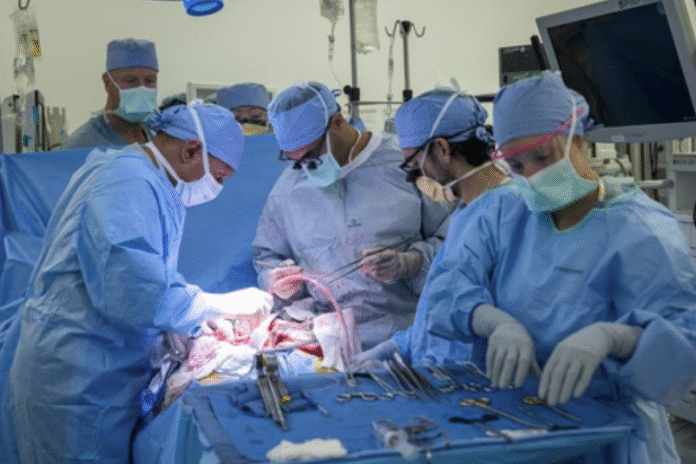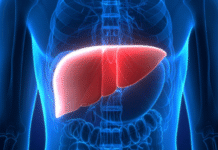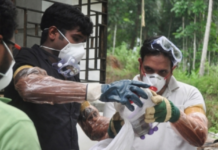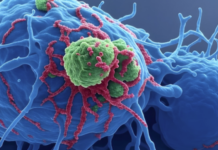New York– In a groundbreaking medical achievement, a team of U.S. surgeons has successfully performed the world’s first bladder transplant in a human patient, officials announced on Sunday.
The historic procedure was carried out at Ronald Reagan UCLA Medical Center through a collaborative effort between Keck Medicine of the University of Southern California (USC) and UCLA Health. The surgical team was led by Dr. Inderbir Gill, founding executive director of USC Urology, and Dr. Nima Nassiri, urologic transplant surgeon and director of the UCLA Vascularized Composite Bladder Allograft Transplant Program.
“This surgery marks a historic moment in the field of medicine and could revolutionize treatment for select patients suffering from severely damaged, non-functional bladders,” said Dr. Gill. “Transplantation has long been a lifesaving and life-enhancing option for major organs—and now, for the first time, the bladder can be added to that list.”
The patient, who had been on dialysis for seven years, lost most of his bladder during cancer-related surgery over five years ago. The remaining bladder tissue was too small and dysfunctional to serve its intended purpose. Further compounding his condition, both kidneys were later removed due to renal cancer.
“This first-ever bladder transplant has been more than four years in the making,” said Dr. Nassiri. “For carefully selected patients, this offers an exciting new treatment option where none existed before.”
Together, Drs. Gill and Nassiri spent several years developing the surgical technique, designing a clinical trial, and obtaining all necessary regulatory approvals.
To restore both renal and bladder function, the surgeons performed a combined kidney and bladder transplant. The kidney was transplanted first, followed by the bladder, and then the two organs were surgically connected. The entire operation took approximately eight hours.
“The kidney began producing a large volume of urine immediately after transplantation, and the patient’s kidney function improved significantly,” Dr. Nassiri said. “There was no need for post-operative dialysis, and the urine drained successfully into the new bladder.”
“Despite the complexity of the case, everything went exactly as planned,” added Dr. Gill. “The patient is recovering well, and we are very pleased with his clinical progress so far.” (Source: IANS)













